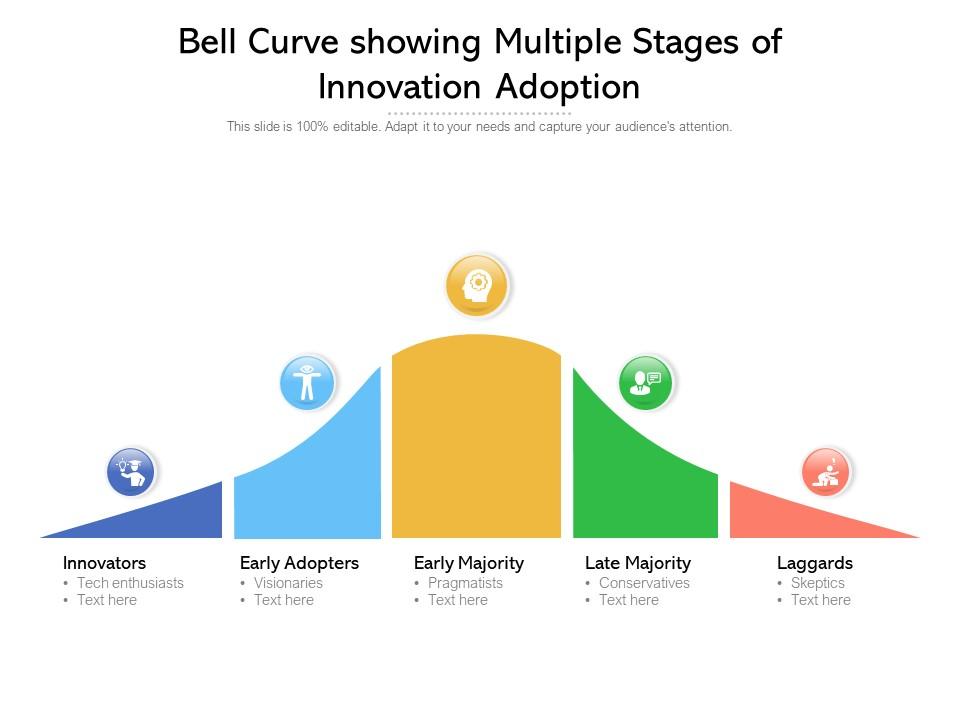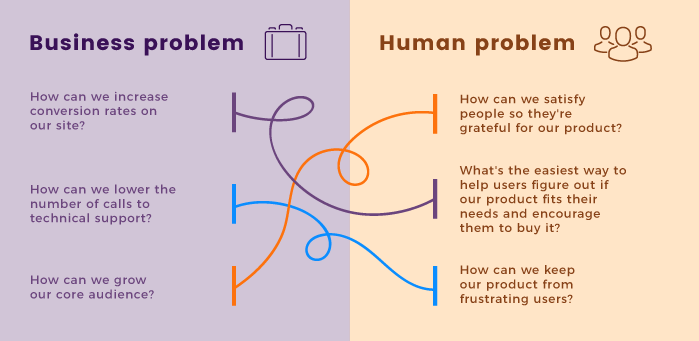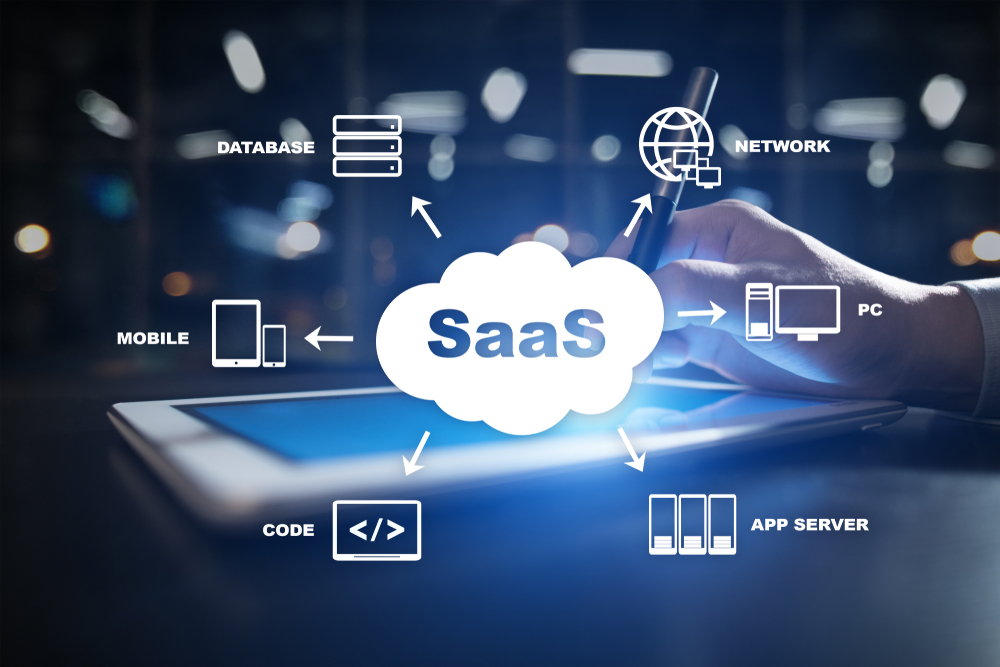Unlocking the Power of Innovation in SaaS Startups
In today’s fast-paced and competitive SaaS landscape, innovation is no longer a luxury, but a necessity for startups to survive and thrive. The ability to innovate is crucial for SaaS startups to differentiate themselves from competitors, drive growth, and improve customer satisfaction. By embracing innovation, SaaS startups can unlock new revenue streams, enhance their offerings, and stay ahead of the curve.
The importance of innovation in SaaS startups cannot be overstated. According to a study by McKinsey, companies that prioritize innovation are more likely to experience revenue growth and outperform their competitors. Moreover, innovation can help SaaS startups to improve customer satisfaction, reduce churn rates, and increase customer loyalty.
So, what drives innovation in SaaS startups? The answer lies in the ability to identify and capitalize on emerging trends, technologies, and customer needs. By leveraging data-driven insights, SaaS startups can gain a deeper understanding of their customers’ pain points and develop innovative solutions that meet their needs. Additionally, embracing emerging technologies such as AI, blockchain, and IoT can help SaaS startups to stay ahead of the curve and drive innovation.
However, innovation is not just about technology; it’s also about culture. SaaS startups that foster a culture of innovation, experimentation, and risk-taking are more likely to succeed. By creating an environment that encourages creativity, collaboration, and continuous learning, SaaS startups can unlock the full potential of their teams and drive innovation.
In the next section, we will explore the key elements of a culture that encourages innovation in SaaS startups, including experimentation, risk-taking, and collaboration. We will also provide tips on how to create an environment that supports innovation, such as setting up innovation teams or hosting hackathons.
How to Foster a Culture of Innovation in Your SaaS Startup
Fostering a culture of innovation is crucial for SaaS startups to drive growth, improve customer satisfaction, and stay ahead of the competition. A culture of innovation encourages experimentation, risk-taking, and collaboration, which are essential for developing innovative solutions that meet customer needs. In this section, we will discuss the key elements of a culture that encourages innovation and provide tips on how to create an environment that supports innovation.
Experimentation is a critical component of a culture of innovation. It allows teams to test new ideas, learn from failures, and iterate on solutions. To encourage experimentation, SaaS startups can establish innovation teams or host hackathons. These teams or events provide a safe space for employees to experiment with new ideas, collaborate with colleagues, and develop innovative solutions.
Risk-taking is another essential element of a culture of innovation. It allows teams to take calculated risks, challenge assumptions, and develop new solutions. To encourage risk-taking, SaaS startups can provide training and resources to help employees develop a growth mindset. This mindset enables employees to view failures as opportunities for growth and learning, rather than as threats to their ego or career.
Collaboration is also critical for fostering a culture of innovation. It allows teams to share ideas, expertise, and resources, which can lead to the development of innovative solutions. To encourage collaboration, SaaS startups can establish cross-functional teams or host innovation workshops. These teams or workshops provide a platform for employees to share ideas, collaborate on projects, and develop innovative solutions.
In addition to these elements, SaaS startups can also use various tools and techniques to foster a culture of innovation. For example, design thinking can be used to develop innovative solutions that meet customer needs. Agile methodologies can be used to iterate on solutions and respond to changing customer needs. And innovation metrics can be used to track innovation performance and identify areas for improvement.
By fostering a culture of innovation, SaaS startups can develop innovative solutions that meet customer needs, drive growth, and improve customer satisfaction. In the next section, we will discuss the role of data in driving innovation in SaaS startups and provide tips on how to collect and analyze data to inform innovation strategies.
Leveraging Data-Driven Insights to Inform Innovation Strategies
Data-driven insights are a crucial component of SaaS startup innovation strategies. By collecting and analyzing data, SaaS startups can identify trends, customer needs, and areas for improvement. This information can be used to inform product development, innovation strategies, and business decisions.
So, how can SaaS startups collect and analyze data to drive innovation? One approach is to use data analytics tools to track key metrics such as customer acquisition costs, retention rates, and revenue growth. These metrics can provide valuable insights into customer behavior, preferences, and pain points.
Another approach is to use customer feedback and surveys to gather data on customer needs and preferences. This data can be used to identify areas for improvement and inform product development. For example, a SaaS startup may use customer feedback to identify a need for a new feature or functionality.
Additionally, SaaS startups can use data from social media, online reviews, and other external sources to gather insights on customer behavior and preferences. This data can be used to identify trends, patterns, and areas for improvement.
Once data has been collected and analyzed, SaaS startups can use the insights to inform innovation strategies. For example, a SaaS startup may use data to identify a need for a new product or service, or to inform the development of a new feature or functionality.
Examples of SaaS startups that have successfully leveraged data-driven insights to inform innovation strategies include HubSpot, which uses data analytics to inform its product development and marketing strategies, and Salesforce, which uses data from its customer relationship management (CRM) platform to inform its innovation strategies.
In the next section, we will discuss the importance of embracing emerging technologies to stay ahead of the curve in SaaS startup innovation strategies.
Embracing Emerging Technologies to Stay Ahead of the Curve
Staying ahead of the curve in SaaS startup innovation strategies requires embracing emerging technologies that can drive innovation and improve the customer experience. Emerging technologies such as artificial intelligence (AI), blockchain, and the Internet of Things (IoT) are transforming the way SaaS startups operate and deliver value to their customers.
AI, for example, can be used to develop intelligent software that can automate tasks, provide personalized recommendations, and improve customer service. Blockchain can be used to develop secure and transparent software that can facilitate trust and collaboration between customers and stakeholders. IoT can be used to develop software that can connect and interact with physical devices, providing new insights and opportunities for innovation.
SaaS startups that have successfully integrated emerging technologies into their products or services include Salesforce, which uses AI to provide personalized customer service, and HubSpot, which uses blockchain to provide secure and transparent marketing and sales software.
Another example is Slack, which uses IoT to develop software that can connect and interact with physical devices, providing new insights and opportunities for innovation. These SaaS startups have demonstrated the potential of emerging technologies to drive innovation and improve the customer experience.
However, embracing emerging technologies requires a strategic approach. SaaS startups must carefully evaluate the potential benefits and risks of emerging technologies and develop a clear plan for integration and adoption. This includes investing in employee development, partnering with external experts, and creating a culture of experimentation and innovation.
In the next section, we will discuss the importance of design thinking in SaaS startup innovation strategies, including how to use design thinking to develop innovative solutions that meet customer needs and improve the user experience.
Design Thinking for SaaS Startups: A Human-Centered Approach to Innovation
Design thinking is a human-centered approach to innovation that can help SaaS startups develop innovative solutions that meet customer needs and improve the user experience. By putting the customer at the center of the design process, SaaS startups can create products and services that are intuitive, user-friendly, and meet the needs of their target market.
The design thinking process involves several key steps, including empathy, ideation, prototyping, and testing. During the empathy phase, SaaS startups gather data and insights about their customers, including their needs, pain points, and behaviors. This information is used to inform the ideation phase, where SaaS startups generate ideas for new products or services that meet customer needs.
During the prototyping phase, SaaS startups create a prototype of their product or service, which is then tested with customers during the testing phase. This process allows SaaS startups to refine their product or service and make any necessary changes before launch.
Examples of SaaS startups that have successfully used design thinking to develop innovative solutions include Airbnb, which used design thinking to create a user-friendly and intuitive booking platform, and Dropbox, which used design thinking to create a simple and easy-to-use file sharing platform.
Design thinking can also be used to improve the user experience of existing products or services. For example, a SaaS startup may use design thinking to simplify the user interface of their product, or to create a more intuitive onboarding process.
By incorporating design thinking into their innovation strategies, SaaS startups can create products and services that meet customer needs and improve the user experience. This can lead to increased customer satisfaction, retention, and revenue growth.
In the next section, we will discuss the importance of measuring innovation success in SaaS startups, including how to establish key metrics and KPIs to track innovation performance.
Measuring Innovation Success: Key Metrics and KPIs for SaaS Startups
Measuring innovation success is crucial for SaaS startups to evaluate the effectiveness of their innovation strategies and make data-driven decisions. By establishing key metrics and KPIs, SaaS startups can track innovation performance and identify areas for improvement.
Some key metrics and KPIs for measuring innovation success in SaaS startups include customer acquisition costs, retention rates, and revenue growth. These metrics can provide insights into the effectiveness of innovation strategies and help SaaS startups to refine their approach.
Customer acquisition costs (CAC) is a key metric for measuring innovation success in SaaS startups. CAC refers to the cost of acquiring a new customer, including marketing and sales expenses. By tracking CAC, SaaS startups can evaluate the effectiveness of their innovation strategies in attracting new customers.
Retention rates are another important metric for measuring innovation success in SaaS startups. Retention rates refer to the percentage of customers who continue to use a product or service over time. By tracking retention rates, SaaS startups can evaluate the effectiveness of their innovation strategies in meeting customer needs and improving the user experience.
Revenue growth is also a key metric for measuring innovation success in SaaS startups. Revenue growth refers to the increase in revenue over time, and can be used to evaluate the effectiveness of innovation strategies in driving business growth.
Other metrics and KPIs that can be used to measure innovation success in SaaS startups include customer satisfaction ratings, net promoter scores, and innovation pipeline metrics. These metrics can provide additional insights into the effectiveness of innovation strategies and help SaaS startups to refine their approach.
By establishing key metrics and KPIs, SaaS startups can track innovation performance and make data-driven decisions to drive business growth and success. In the next section, we will discuss common innovation roadblocks that SaaS startups may face, and provide strategies for overcoming these roadblocks.
Overcoming Innovation Roadblocks: Strategies for SaaS Startups
Innovation is a critical component of SaaS startup success, but it can be challenging to overcome common roadblocks that can hinder innovation efforts. Limited resources, lack of expertise, and resistance to change are just a few of the common innovation roadblocks that SaaS startups may face.
One strategy for overcoming these roadblocks is to partner with external experts who can provide valuable insights and expertise. This can include partnering with innovation consultants, research institutions, or other organizations that can provide access to new technologies and expertise.
Another strategy is to invest in employee development and training. By providing employees with the skills and knowledge they need to innovate, SaaS startups can create a culture of innovation that is driven by employee creativity and ingenuity.
Creating a culture of experimentation is also critical for overcoming innovation roadblocks. By encouraging experimentation and calculated risk-taking, SaaS startups can create an environment that is conducive to innovation and creativity.
Additionally, SaaS startups can use design thinking to overcome innovation roadblocks. Design thinking is a human-centered approach to innovation that involves empathizing with customers, ideating solutions, prototyping, and testing. By using design thinking, SaaS startups can develop innovative solutions that meet customer needs and improve the user experience.
Examples of SaaS startups that have successfully overcome innovation roadblocks include Airbnb, which partnered with external experts to develop its innovative booking platform, and Dropbox, which invested in employee development and training to create a culture of innovation.
By using these strategies, SaaS startups can overcome common innovation roadblocks and create a culture of innovation that drives business growth and success. In the next section, we will discuss the importance of sustaining innovation momentum over the long term.
Sustaining Innovation Momentum: Long-Term Strategies for SaaS Startups
Sustaining innovation momentum over the long term is crucial for SaaS startups to maintain a competitive edge and drive business growth. By implementing strategies that promote continuous learning, experimentation, and improvement, SaaS startups can create a culture of innovation that drives success.
One key strategy for sustaining innovation momentum is to prioritize continuous learning and development. This can include providing employees with training and resources to stay up-to-date with the latest technologies and trends, as well as encouraging a culture of experimentation and calculated risk-taking.
Another strategy is to establish a culture of innovation that is driven by customer needs and feedback. By engaging with customers and gathering feedback, SaaS startups can identify areas for improvement and develop innovative solutions that meet customer needs.
Additionally, SaaS startups can use design thinking to sustain innovation momentum. Design thinking is a human-centered approach to innovation that involves empathizing with customers, ideating solutions, prototyping, and testing. By using design thinking, SaaS startups can develop innovative solutions that meet customer needs and improve the user experience.
Examples of SaaS startups that have successfully sustained innovation momentum over time include Salesforce, which has maintained a culture of innovation through its use of design thinking and customer feedback, and Dropbox, which has prioritized continuous learning and development to stay ahead of the curve.
By implementing these strategies, SaaS startups can sustain innovation momentum over the long term and drive business growth and success. By prioritizing continuous learning, experimentation, and improvement, SaaS startups can create a culture of innovation that drives success and sets them apart from the competition.








